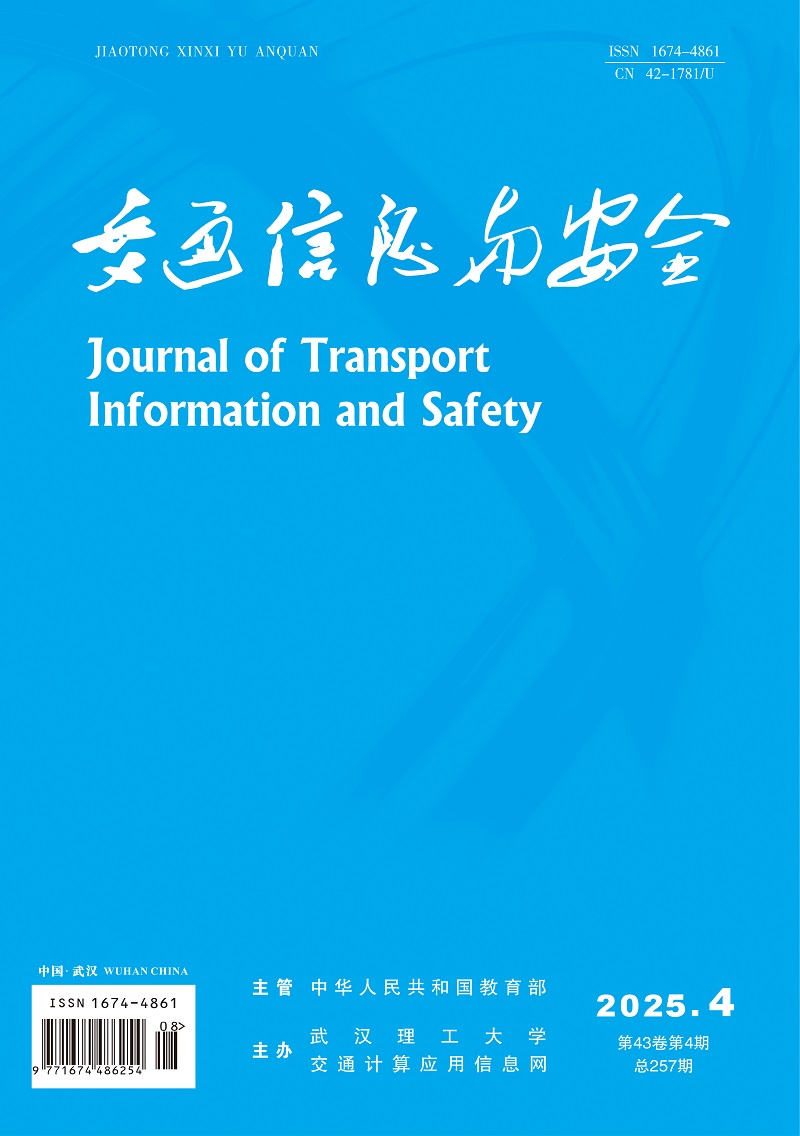Abstract:
With the increasing global concerns over energy and environmental issues, energy conservation and emission reduction have become a consensus among countries. There is an urgent need for the global shipping industry to stick to a green, low-carbon/zero-carbon development path, due to its considerable energy consumption and emissions. The development of ships powered by hydrogen fuel cells provides an opportunity for the shipping industry to achieve relevant targets for energy conservation and emission reduction. There are active research, promotions and demonstrations of ships powered by hydrogen fuel cells in China and many other countries, among which technical standards are an important foundation for the development of this particular technology. However, on one hand, the relevant domestic and foreign hydrogen energy technologies for marine applications and regulatory frameworks have yet to be developed. The corresponding standard systems are also incomplete with the lack of core standards. On the other hand, the standards from the automotive hydrogen energy industry, which are relatively more comprehensive, are not applicable to the maritime system, due to the inherent technical differences between the automotive and maritime industries. Therefore, based on the technological roadmap and CHAIN OF INDUSTRIALIZATION of ships powered by hydrogen fuel cells, this study systematically reviews the technical structure and the status quo of domestic and foreign projects and analyzes technical regulations of the hydrogen fuel and hydrogen fuel cell from Classification Society. The domestic and foreign hydrogen standards and regulations are also studied, classified, and systematically analyzed. Furthermore, a green shipping framework is developed, which mainly focuses on the application of ships powered by hydrogen fuel cells and covers the production chain of hydrogen production, storage, transportation, and refueling. Within the framework of the proposed green shipping system, technologies of vehicles and ships powered by hydrogen fuel cells are compared. Study results show that there are differences in the application settings, power, hydrogen storage, and refueling facilities, as well as significant similarities and differences in service life, starting conditions, space requirements, installation methods, ventilation, and airtightness requirements. Based on these findings, this study focuses on developing a standard system for ships powered by hydrogen fuel cells, referencing the applicability of hydrogen energy standards for road vehicles, developing the core standards for the chain of industrialization of ships powered by hydrogen fuel cells, and formulating safety regulations and standards for such ships. The paper aims to develop theframework and directions for technical specifications, certification, and product standards for the industry of ships powered by hydrogen fuel cells, specifically tailored to the green shipping system.


